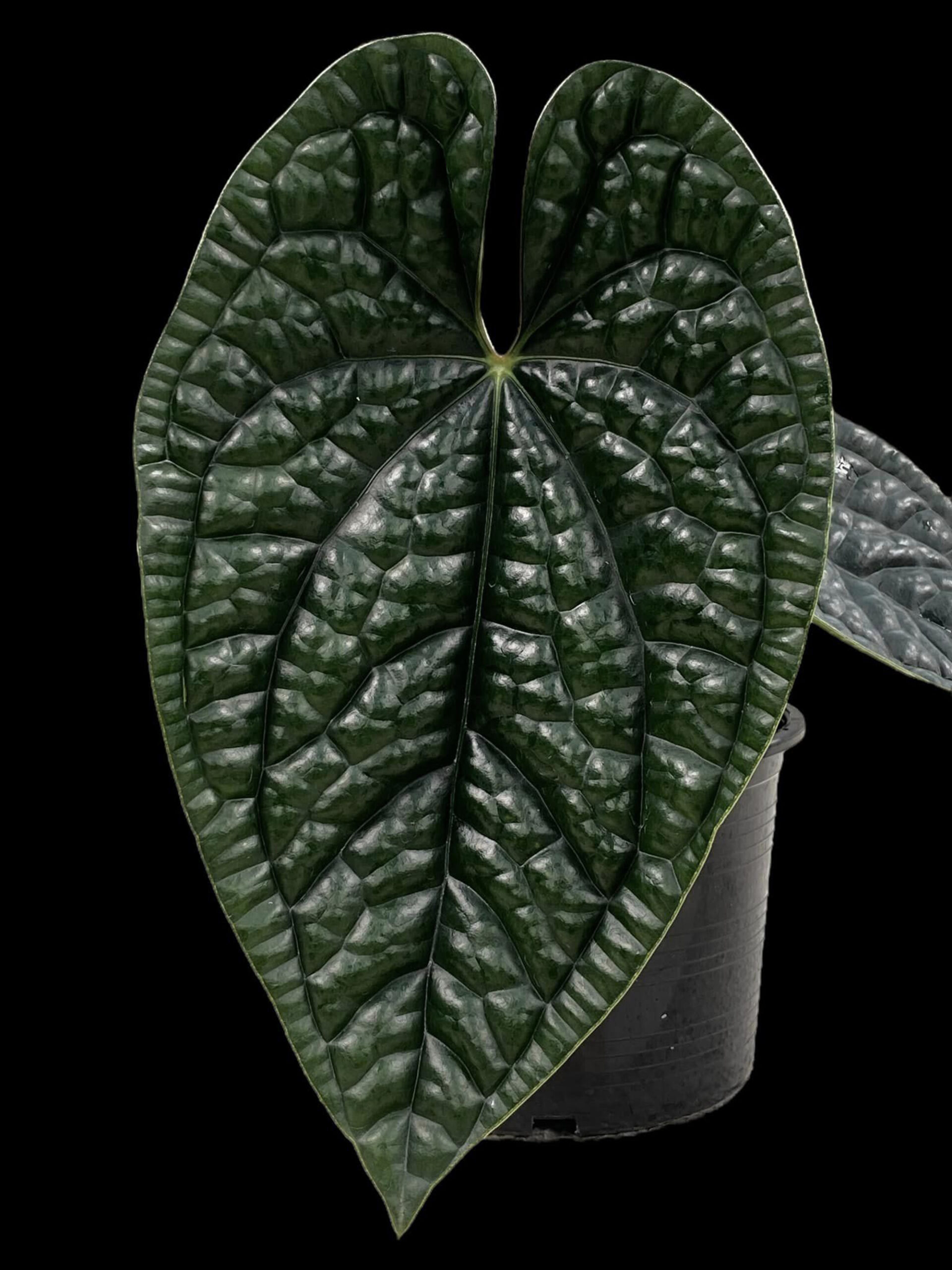Anthuriums are known for their stunning heart-shaped blooms that come in a rainbow of vibrant colors. Getting these tropical beauties to not only survive but truly thrive with luscious foliage and long-lasting flowers can be a challenge. Follow these 5 essential tips to unlock the full potential of your anthurium plants.

Choose the Right Potting Mix
Anthuriums need a well-draining, porous growing medium that will hold some moisture but not get waterlogged. The ideal potting mix for anthuriums includes:
Incorporate Orchid Bark
Orchid bark creates air pockets in the soil that allow oxygen to reach the roots. This chunky material also improves drainage to prevent soggy soil. Aim for a potting mix that contains 30-50% orchid bark.
Include Peat or Coconut Coir
Peat moss and coconut coir help retain just the right amount of moisture in the soil. They also assist with aeration. Mix in around 20% peat or coir to complement the orchid bark.
Provide Bright, Indirect Light
While anthuriums can tolerate low light conditions, they need good light to produce the most spectacular blooms.
South or West Windows Are Best
Place anthurium houseplants in a bright location near a south or west facing window where they’ll receive 4-6 hours of bright, indirect sunlight daily. Exposure to some direct morning or late afternoon sun is ok. Too much direct sunlight can burn the leaves.
Supplement with Grow Lights
If natural light is limited, use full spectrum LED grow lights to supplement for 12-14 hours daily. Position lights 12-18 inches above the plants. Track lighting on pulleys allows easy adjustments as plants grow.

Maintain High Humidity
Native to tropical rainforests, anthuriums crave warm and steamy environments. Creating a humid microclimate around these plants is key.
Use Pebble Trays
Place pots on pebble trays filled with pebbles and water. As the water evaporates, it increases humidity immediately surrounding the plants. Grouping plants together also boosts local humidity.
Invest in a Humidifier
Use humidifiers in the room to raise overall humidity levels to 60-80%, ideal for anthurium growth. Humidifiers with auto shut-off prevent issues with over-watering.
Water Thoroughly Then Allow to Dry
Anthuriums have high water needs but also require well-drained soil that is allowed to dry out slightly between waterings.
Water Until It Flows Through Drainage Holes
When the top inch of soil becomes dry, thoroughly water your anthuriums until excess moisture flows from the drainage holes at the base of the pots. This ensures the entire root zone receives hydration.
Allow Soil to Become Slightly Dry
Before watering again, allow the soil to dry out almost completely but not totally. The top layers can become slightly dry before re-wetting. Take care not to let plants wilt.
Fertilize Regularly During Growth
Feeding anthuriums with a balanced, water soluble fertilizer supports strong growth and prolific flowering.
Use Orchid Fertilizer
Choose a fertilizer made specifically for orchids, diluted to half strength. The nitrogen-phosphorous-potassium ratios important for orchids also nurture thriving anthuriums.
Fertilize Every 2 Weeks Spring Through Fall
Apply fertilizer every 2 weeks from early spring until late fall when plants are actively growing. Discontinue feeding over winter when growth naturally slows.
Following these essential growing guidelines will help you succeed with anthurium care. Pay close attention to your plant’s needs and adjust factors like water, light and humidity as required in your environment. With a little effort, you’ll be rewarded with vibrant tropical blooms!

Conclusion
Unlocking the full potential of anthurium’s spectacular blooms begins by choosing an airy, well-draining potting mix. Provide bright but indirect light, ideally from a south or west window supplemented with grow lights. Tropical humidity levels around 60-80% prevent pesky brown leaf tips. Thoroughly hydrate when soil dries then allow it to become slightly dry before watering again. Finally, feed with orchid fertilizer every 2 weeks during active growth for lush foliage and non-stop flowers. Follow these simple but essential tips and you’ll have thriving anthurium houseplants gracing your home with gorgeous blooms.
FAQ
1. How much light do anthuriums need?
Anthuriums prefer bright, indirect light. Too much direct sunlight can scorch their leaves, while too little light can lead to poor flowering. A good location for an anthurium is near a window that receives filtered sunlight.
2. How often should I water my anthurium?
Anthuriums like evenly moist soil, but they don’t like to be soggy. Water your anthurium when the top inch of soil is dry to the touch. Allow the excess water to drain out of the pot before placing it back in its saucer.
3. What kind of soil do anthuriums need?
Anthuriums prefer a well-draining potting mix that is high in organic matter. A good potting mix for anthuriums will contain a blend of peat moss, perlite, and bark.
4. Do anthuriums need fertilizer?
Anthuriums benefit from regular fertilization. Fertilize your anthurium with a balanced fertilizer every 4-6 weeks during the growing season. Reduce fertilization to once every 8-12 weeks during the winter.
5. How often do anthuriums bloom?
Anthuriums can bloom year-round, but they typically bloom more often in the spring and summer. To encourage flowering, provide your anthurium with bright, indirect light, evenly moist soil, and regular fertilization.
See more Just a Pretty Spathe: Unveiling the Fascinating World of Anthuriums

